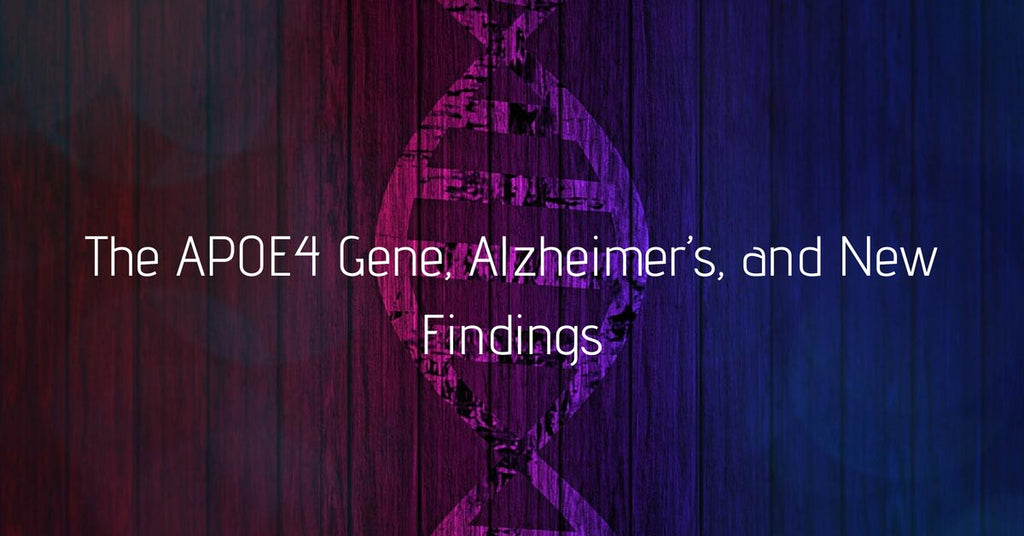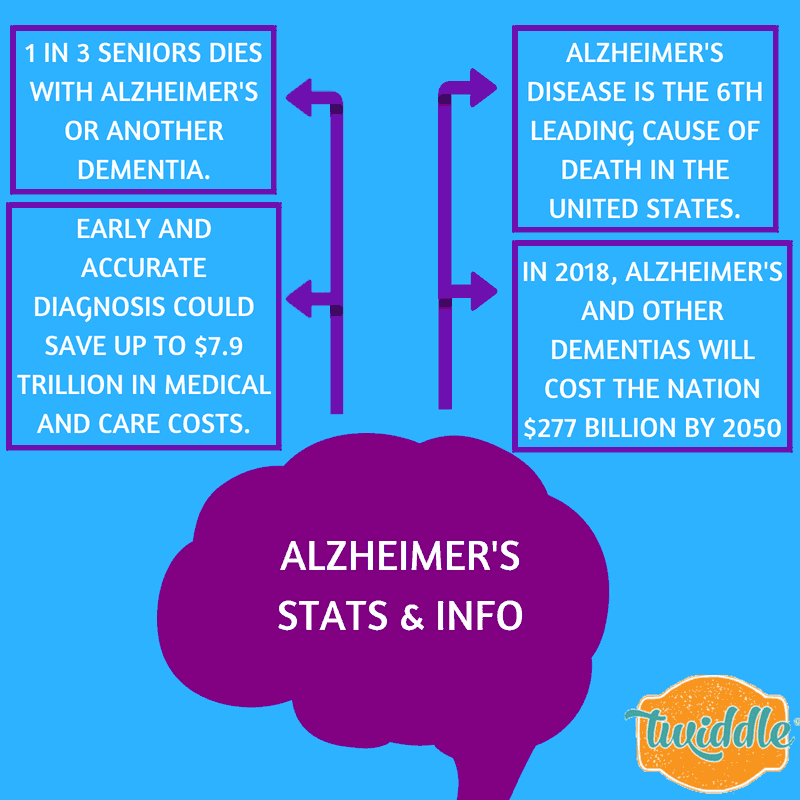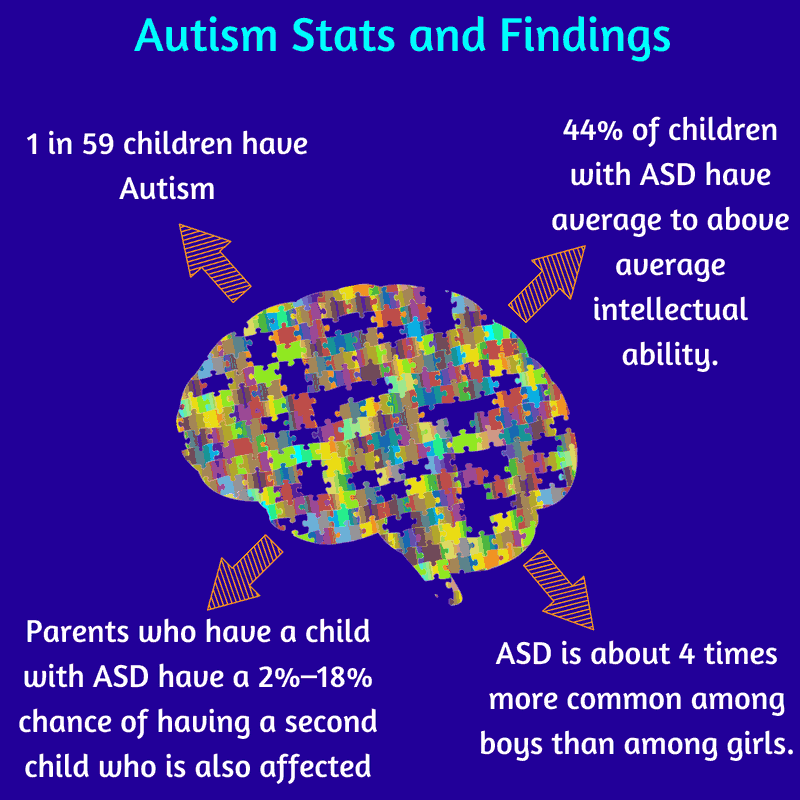Twiddle Blog

THE APOE4 GENE, ALZHEIMER’S, AND NEW FINDINGS
The medical and Alzheimer’s communities are excited about recent discoveries revolving around correcting and understanding the gene variation most linked to the development of Alzheimer’s. It has been known for several years that the APOE4 gene variant is correlated to the development of Alzheimer’s. One copy of the APOE4 gene raises someone’s risk of developing Alzheimer’s by two to three times and having two copies makes someone 12 times more likely to develop Alzheimer’s [1].
The APOE gene provides instructions for making apolipoprotein E. This protein combines with lipids in the body to form molecules called lipoproteins. Lipoproteins package cholesterol and other fats to carry them through the bloodstream. There are at least three different variations of the APOE gene. The major ones include e2, e3, and e4. E3 is the most common allele which is found in over half of the general population [2].
Thanks to research conducted by Dr. Yadong Huang (lead investigator and professor of neurology and pathology at the University of California) and his team, we know how the APOE4 gene causes signs in human brain cells and how it is more detrimental than the APOE3 variant. An essential fact to figure out was if the APOE4 gene causes signs of dementia in the brain because it affects APOE3’s functions or because it itself has toxic effects. This fact would impact clinical care by establishing whether to increase or lower protein levels during treatment.
“If the damage is caused due to the loss of a protein’s function, you would want to increase protein levels to supplement those functions.” “But if the accumulation of a protein leads to a toxic function, you want to lower production of the protein to block its detrimental effect.” – Dr. Huang
Huang and his team of scientists discovered that the APOE4 protein has a pathogenic conformation that prevents it from functioning correctly. APOE4 increased increased production of amyloid-[beta] peptides and levels of tau phosphorylation in neurons. Their studies confirmed that it is the presence of APOE4 that causes the disease. Huang’s team realized that they could change the look and behavior of the APOE4 gene to be more like APOE3 using a previously developed small-molecule “structure corrector.” This structure corrector was able to eliminate the detrimental effects of the gene variation and is now thought to be a viable therapeutic approach to APOE4-related Alzheimer’s disease [1].
Sources:
- Sandoiu, Ana. “Breakthrough: Researchers Fix Alzheimer’s Gene.” Medicalnewstoday, 11 Apr. 2018, www.medicalnewstoday.com/articles/321455.php
- “APOE Gene – Genetics Home Reference.” U.S. National Library of Medicine, National Institutes of Health, 25 Apr. 2018, ghr.nlm.nih.gov/gene/APOE.

ALZHEIMER’S STATS AND FINDINGS
WHAT IS ALZHEIMER’S?
Alzheimer’s disease is a degenerative brain disease in which the death of brain cells causes memory loss and cognitive decline. Most people have late-onset Alzheimer’s, where they start displaying symptoms in their early to mid-sixties. Approximately 4% of people with the disease have early-onset Alzheimer’s, in which symptoms begin to occur between their thirties and sixties. Alzheimer’s disease is the most common form of dementia.
PREVALENCE:
|
• An estimated 5.7 million Americans of all ages are living with Alzheimer’s dementia in 2018. |
|
• There are approximately 44 million people living with Alzheimer’s disease worldwide. |
|
• There is about a 50% chance that anyone who lives beyond 80 years old will develop Alzheimer’s. |
|
• Alzheimer’s is the sixth-leading cause of death in the U.S. and the fifth-leading cause of death for those ages 65 and older. |
|
• Every 65 seconds, someone in the U.S. develops Alzheimer’s dementia. |
PROJECTIONS:
|
• The number of people with Alzheimer’s may nearly triple from 5.7 to 13.8 million by 2050. |
|
• Before 2050, the number of total dementia cases worldwide is expected to hit 130 million. |
|
• By 2025, the number of people ages 65 and older with Alzheimer’s is estimated to reach 7.1 million. |
|
• Total health care payments for people with Alzheimer’s and other dementias are projected to increase to more than $1.1 trillion in 2050. |
TREATMENT AND CAREGIVING:
|
• 16.1 million Americans provide unpaid care for people with Alzheimer’s and other dementias. |
|
• Unpaid caregivers provided an estimated 18.4 billion hours of care in 2017. |
|
• In 2017, the lifetime cost of care for a person living with dementia was $341,840. |
|
• In 2018, Alzheimer’s as well as other dementias will cost the nation $277 billion. |
|
• 48% of all caregivers who provide help to older adults do so for someone with Alzheimer’s or another dementia. |
Follow Twiddle on Facebook (Twiddle Therapeutic) and Instagram (@4Twiddles) to learn about more about Twiddles and to stay informed from our blog.
Sources:
“Facts and Figures.” Alzheimer’s Association, Alzheimer’s Association, 2018, www.alz.org/alzheimers-dementia/facts-figures.
“2018 Alzheimer’s Disease Facts & Figures Report |.” How Alzheimer’s Disease Affects the 5 Senses, 2018, https://alzheimerscareresourcecenter.com/2018-alzheimers-disease-facts-figures-report/

AUTISM STATS AND FINDINGS
What is Autism?
Autism or Autism Spectrum Disorder (ASD), is characterized by a range of conditions affecting a person’s social skills, ability to communicate, and an array of behavioral patterns. Symptoms of autism normally appear between 2 and 3 years of age but in some cases it can be diagnosed as early as 18 months. Every person is affected by autism differently as the disease displays a spectrum of strengths, challenges, and symptoms with varying severities. Seeking evaluation as soon as symptoms are noticed is very important since early intervention can have a significant positive impact on any child with ASD.
Below we have compiled some of the most recent findings and stats regarding autism from credible sources including Autism Speaks and Centers for Disease Control and Prevention.
Prevalence:
-
1 out of 59 children in the United States have autism.
-
An estimated 1 out of 42 boys and 1 in 189 girls are diagnosed with autism in the United States.
-
Autism is the fastest-growing serious developmental disability in the U.S.
Kids With Autism After High School and In Their Early 20s
-
32% of kids with autism get a paid job within the first two years after graduating.
-
31% of kids with autism live apart from parents with or without supervision.
-
76% of kids with autism socialize with friends through meetups, phone calls, & activities.
-
36% of kids with autism attend any sort of postsecondary education.
Risk Factors and Characteristics
-
44% of children identified with Autism has average to above average intellectual ability.
-
Parents who have a child with ASD have a 2%–18% chance of having a second child who is also affected.
-
About 10% of children with autism are also identified as having genetic and chromosomal disorders including Down Syndrome, Fragile X Syndrome, and Tuberous Sclerosis.
Economic Costs:
-
Autism costs the nation over $238 billion per year, a figure expected to significantly increase in the next decade.
-
Children with ASD have medical expenditures that exceeded those without ASD by an average of $4,110–$6,200 per year.
-
Intensive behavioral interventions for children with ASD cost $40,000 to $60,000 per child per year.
Sources:
- “What Is Autism?” Toys’R’Us | Autism Speaks, 31 May 2012, www.autismspeaks.org/what-autism.
- “Autism Spectrum Disorder (ASD).” Centers for Disease Control and Prevention, Centers for Disease Control and Prevention, 26 Apr. 2018, www.cdc.gov/ncbddd/autism/data.html.
- “Talk About Curing Autism (TACA).” Talk About Curing Autism TACA, 2018, tacanow.org/autism-statistics/.
- “Indicators Report: 1 in 3 Young Adults with Autism Disconnected from Work and School.” Toys’R’Us | Autism Speaks, 21 Apr. 2015, www.autismspeaks.org/blog/2015/04/21/report-1-3-young-adults-disconnected-work-and-school

